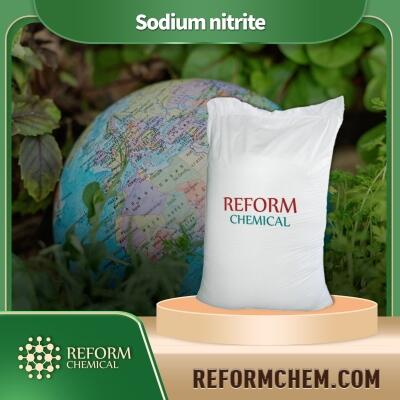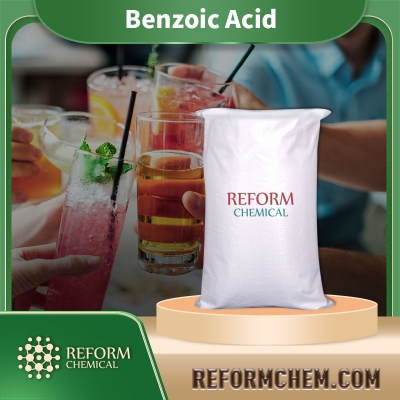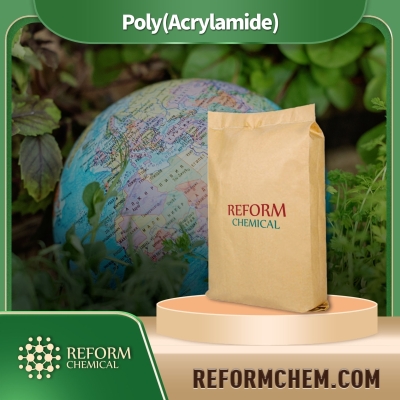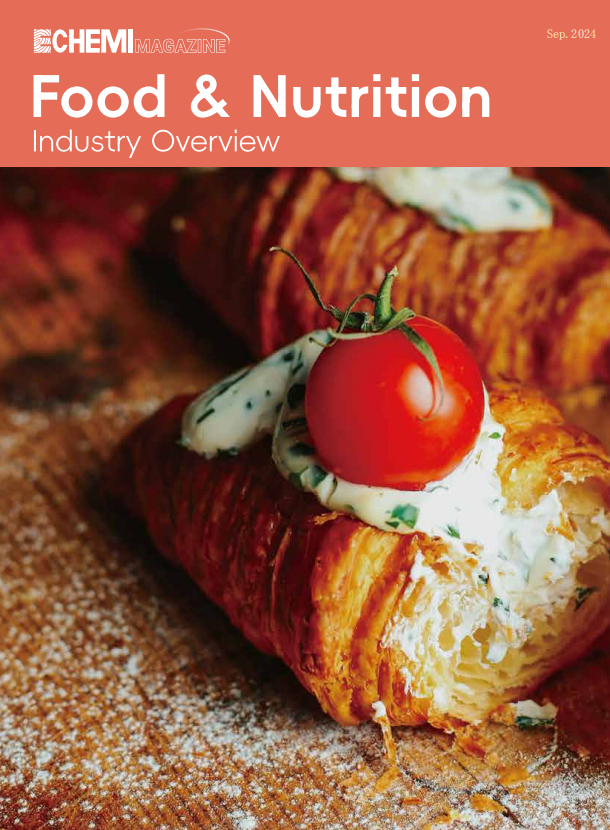German Report: 230 Foods Contain Carcinogenic Acrylamide, Vegetable Chips Exceed 1400 Micrograms/Kilogram!
On September 16, 2024, the German Federal Institute for Risk Assessment (BfR) released a compelling study that provides an in-depth look at acrylamide levels in many common foods currently on the food market. Acrylamide, a chemical that sounds a little strange, is actually closely related to our daily diet, and its potential health risks cannot be ignored.
In the report, the BfR conducted detailed testing and analysis of 230 food products, including potato chips, potato products, cereal baked goods and coffee. The results were shocking: Acrylamide was found in almost all of the foods tested, and in some cases at alarming levels. Particularly striking is that the acrylamide content in vegetable potato chips is as high as 1430μg/kg, which is far more than other foods tested, becoming a veritable "acrylamide disaster area."
To give a clearer picture of the scale of the problem, we can compare this data with other foods. For example, the acrylamide content in potato scones is 558μg/kg, fried potatoes are 450μg/kg, and the content in traditional potato chips is 190μg/kg. Although these values are relatively low, long-term ingestion can still pose a potential threat to health. In addition, equally popular foods such as French fries and sweet potato fries were also detected to contain higher levels of acrylamide.
So, what is acrylamide? Why is it so ubiquitous in our food? In fact, acrylamide is a by-product of the "Maillard reaction" that occurs when food is heated. The Maillard reaction is a chemical reaction widely present in food processing, which gives food its attractive color and aroma. However, it is the so-called "success is also a failure," it is this reaction that leads to the production of acrylamide. The stronger the flavor and the more attractive the color of the food, often the higher the content of acrylamide.
The scientific community has long been concerned about the health risks of acrylamide. On October 27, 2017, the World Health Organization's International Agency for Research on Cancer listed acrylamide as a Class 2A carcinogen in its list of carcinogens. This means that acrylamide is potentially carcinogenic to humans, and although conclusive evidence of its carcinogenic effect needs to be further studied, its potential threat cannot be ignored.
In the face of this serious situation, the German Federal Institute for Risk Assessment called on consumers to be more careful when choosing food. Different cooking methods and food types have significant effects on the acrylamide content. Therefore, consumers can reduce their acrylamide intake by changing the way they cook and reducing the use of unhealthy cooking methods such as high-temperature frying. At the same time, the government and enterprises should also assume the corresponding responsibility, strengthen the supervision and testing of food safety, and ensure that the food on the market meets the safety standards.
In short, the study by the German Federal Institute for Risk Assessment is a wake-up call. As a potential carcinogenic substance, acrylamide is widely present in our daily food is an indisputable fact. In order to protect our health and safety, we must pay enough attention and concern to this problem. Through a scientific dietary approach and effective regulatory measures, we are confident that the risk of acrylamide will be minimized.
Looking for chemical products? Let suppliers reach out to you!
-
Food & Nutrition Industry Overview
The magazine has been officially published in September 2024 and has been issued at Fi Asia Indonesia 2024. It can be downloaded online permanently. It not only provides comprehensive information on the Southeast Asian food market, but also provides overseas readers with the opportunity to understand and track the market dynamics and trends of Chinese food ingredients and get to know outstanding Chinese companies. We sincerely invite you to make full use of the influence of the journal to promotPublished in: Sep. 2024
Trade Alert
Delivering the latest product trends and industry news straight to your inbox.
(We'll never share your email address with a third-party.)
Related News
-
Food additives are always 'notorious'? Legal and standardized use is the top priority
-
New opportunities for sugar reduction? African arrowroot extract will become a edible flavor
-
Investigation and handling of 229 illegal food production and operation cases
-
2022 the 10th Shanghai international biological fermentation products and technology equipment exhibition in December 2022 | 1-3, Shanghai new international expo center
-
Supply and demand two-way power generation sugar market is still a great 'article' to do
-
Product diversification will explode the sugar substitute market
-
Excessive Pesticide Residue Found in Vietnamese Dragon Fruit Exports: International Alert
-
Urgent Recall of Master Kong Instant Noodles by Italian Ministry of Health
-
FDA Proposes Ban on Brominated Vegetable Oil Due to Health Risks
-
Compliance Courier: Norway publishes key contaminants that should be monitored in food and food contact materials.
Recommend Reading
-

Mexican agricultural exports hit a 30-year high
-

Eating junk food or damaging spatial memory
-

Japan Issues Warning on Chinese Exports of Fish Tofu and Large Peanut Grains Failing Quality Standards
-
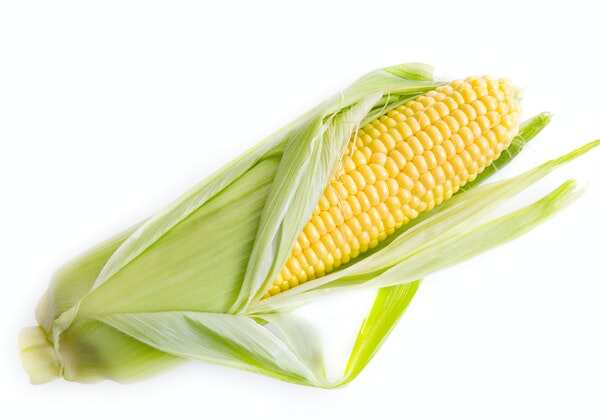
Prospects of China's Corn Starch and Starch Sugar Industrial Technology
-

Ecuador's flower exports are expected to exceed $1 billion in 2022
-

ExxonMobil to adopt Honeywell carbon capture technology
-

How To Purify Organo Zincs? Detailed Overview
-

In Early July, the Center of Gravity of Dimethyl Carbonate Moves Upward
-
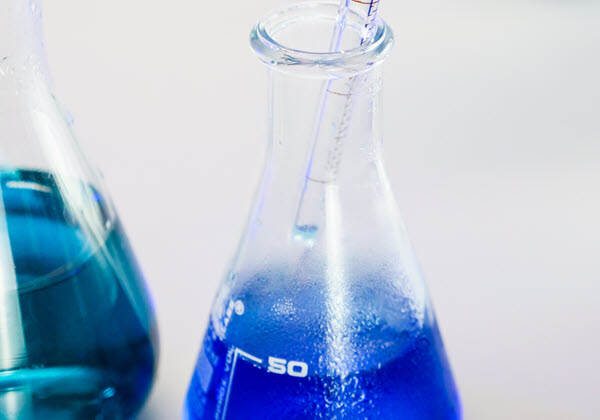
China's Sulphuric Acid Capacity Continues to Rise in 2022
-

Structural adjustment of coke, calcium carbide is still the focus of work





